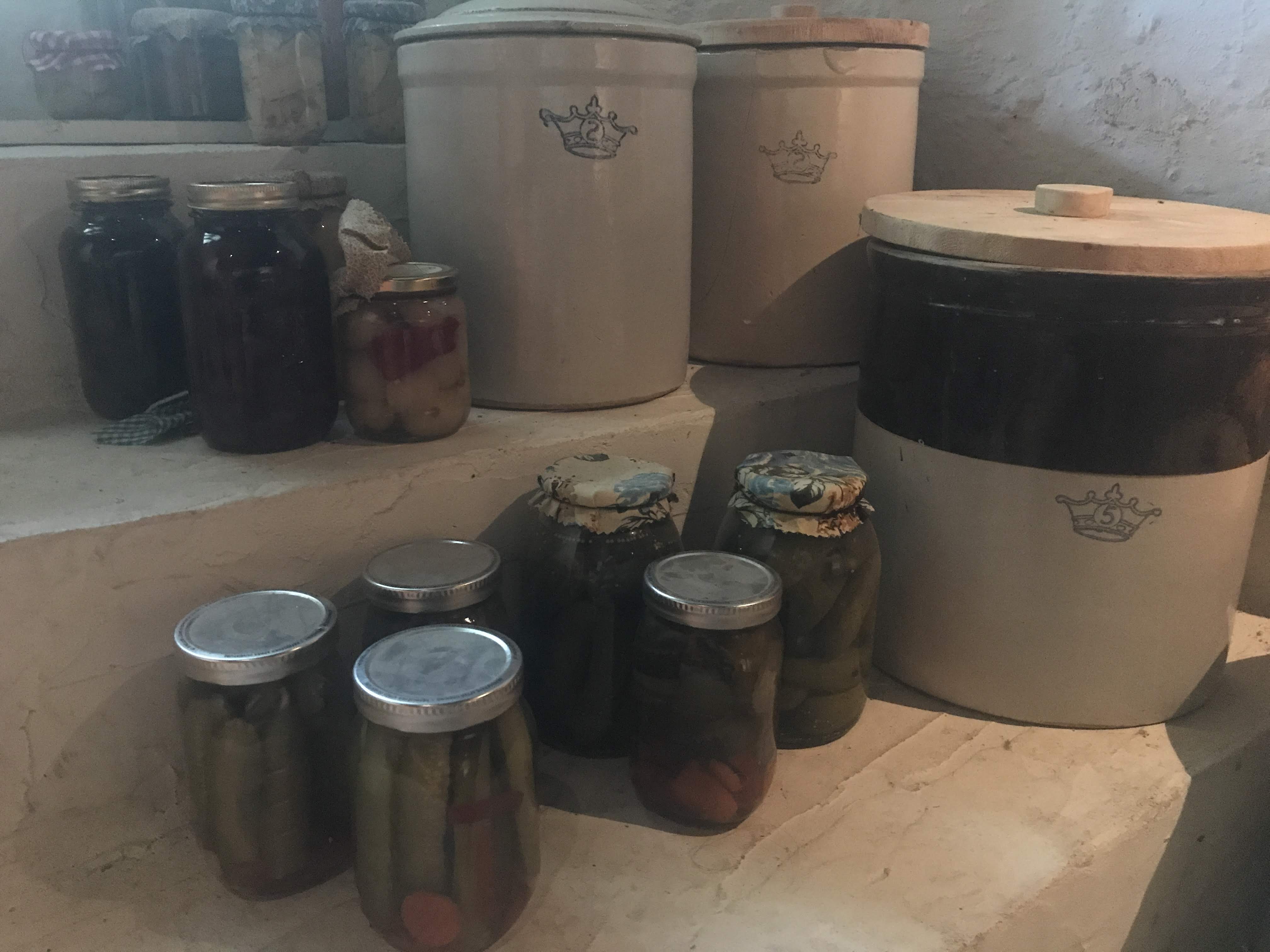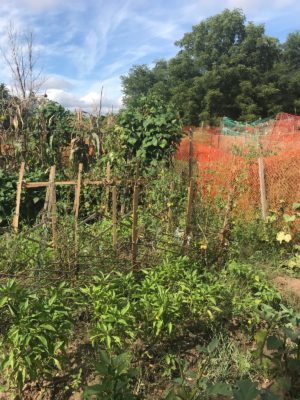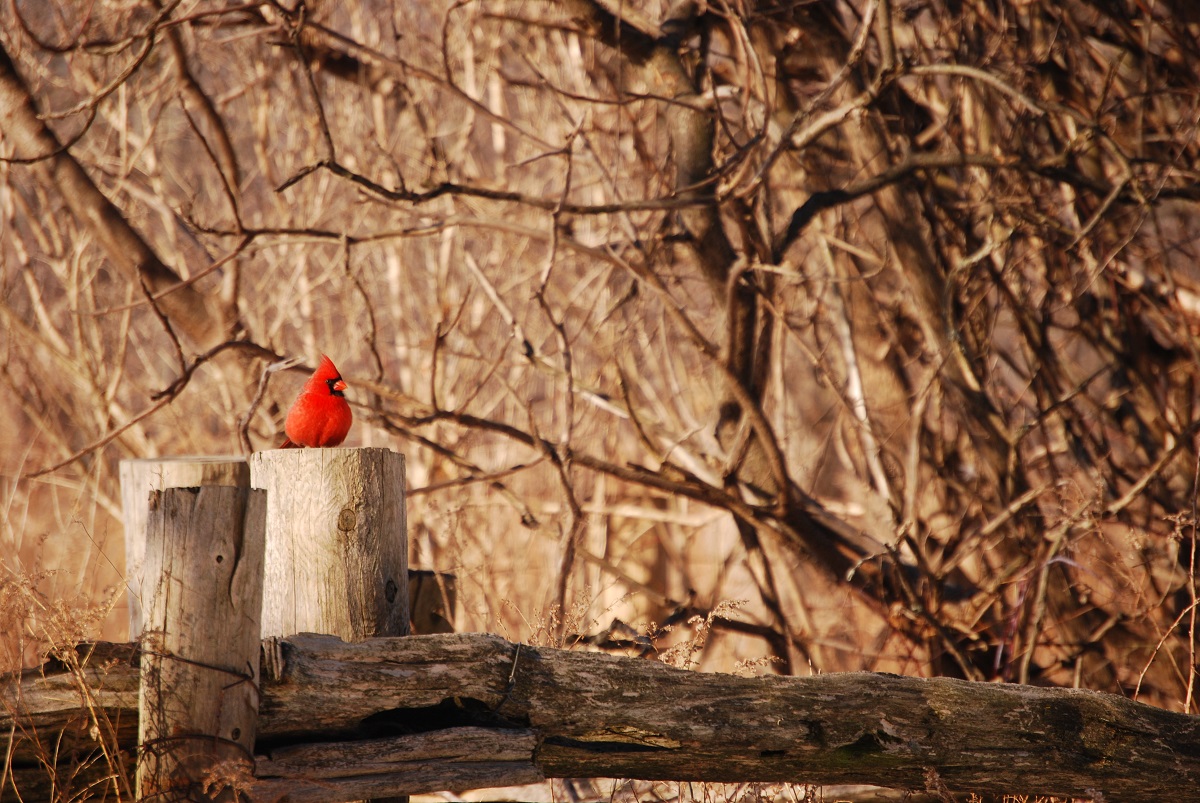This blog post comes from Sheila Wiebe, a Natural Heritage Education Specialist at Bronte Creek Provincial Park. Don’t forget to check out Bronte Creek’s Harvest Festival on September 28 and 29, 2019!
Anyone who tends their own vegetable garden will know first-hand that one needs to be resourceful at harvest time. The size of your garden and what you’ve grown determines how you harvest, consume, or store the yield.
When considering this, it becomes apparent that there are similarities between how humans and wild animals prepare for winter.
Some creatures such as birds, bats, and insects migrate to locations where temperatures are warmer and food and water are always readily available.

Similarly, some of us humans are not willing to live through the cold temperatures and messy weather, and prefer take refuge in places that are warm and sunny through those winter months.
And some of us stick it out
Small mammals and invertebrates stay through the cold temperatures and develop tunnels under the insulation of a thick snow layer. These tunnels help the creatures stay warm and provide the food and water required so that they only need to emerge once in a while, if at all.

We humans are masters of dodging inclement weather — often moving as quickly as possible from home to car, to train or bus, and then to work and back again.
Hibernation: good for bears, not for people
Some of us behave more like bears and hibernate during the cold winter months. Eating as much as you can while the food is available, putting on layers of fat and then sleeping the winter away. Unfortunately we are not bears, and this isn’t good for us as humans!

And the similarities don’t stop there! Like squirrels and beavers, humans who live off the land must stock up in the summer months in preparation for the winter.
Storing underground
Around the turn of the last century, people used a variety of methods to store the annual bounty of fresh fruits and vegetables that they grew in their gardens.

For instance, root cellars were popular. This is an underground room that maintains a temperature just above freezing where people would store such things as preserves and jams, potatoes, turnips, and carrots.

This can be equated to how squirrels and mice use a central “larder” to hoard large stores of nuts or seeds, deep in the soil.
 Clamping (not glamping)
Clamping (not glamping)
Clamping (not be confused with glamping), is a method of storing root vegetables that is similar to the root cellar – but without the building structure.
A clamp is a pit or trench about 16 cm deep, lined with straw in which you can store a pyramid-shaped pile of vegetables and cover with a thick layer of straw and soil.
Clamps were used to store root crops such as carrots, beets, and parsnips. It is not hard to see similarities with chipmunks and beavers that make their homes near their cache.
Drying out
Drying fruits, vegetables, and herbs is a way to preserve the nutritional value of the food while ensuring it’s not spoiled by insects. Dried apple rings, beans, and herbs are examples of dried foods that help provide scrumptious meals in the dead of winter.

As well, berry-producing trees and shrubs are an important food source for overwintering birds such as Northern Cardinals and Ruffed Grouse. These birds eat the fruits that have been left to dry on the branches of trees like Chokecherries, Staghorn Sumac, and Arrowwood.

Of course some of the fruit might over-ripen or ferment, but that is another story.
